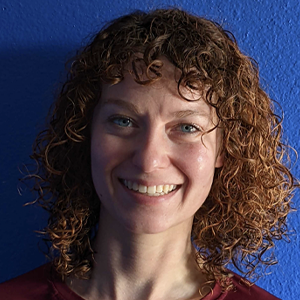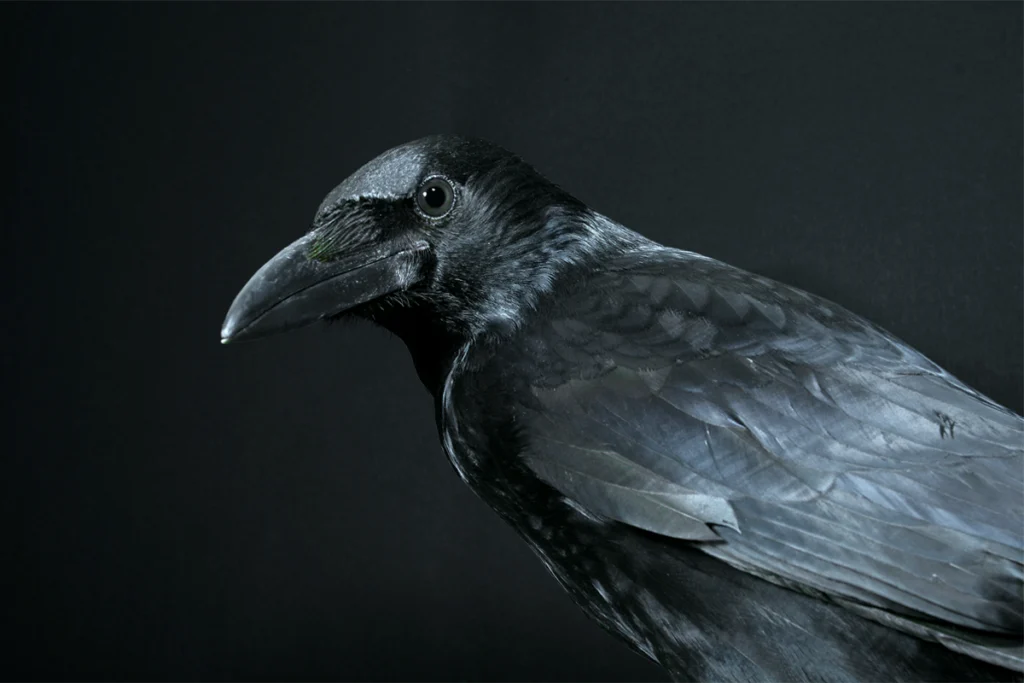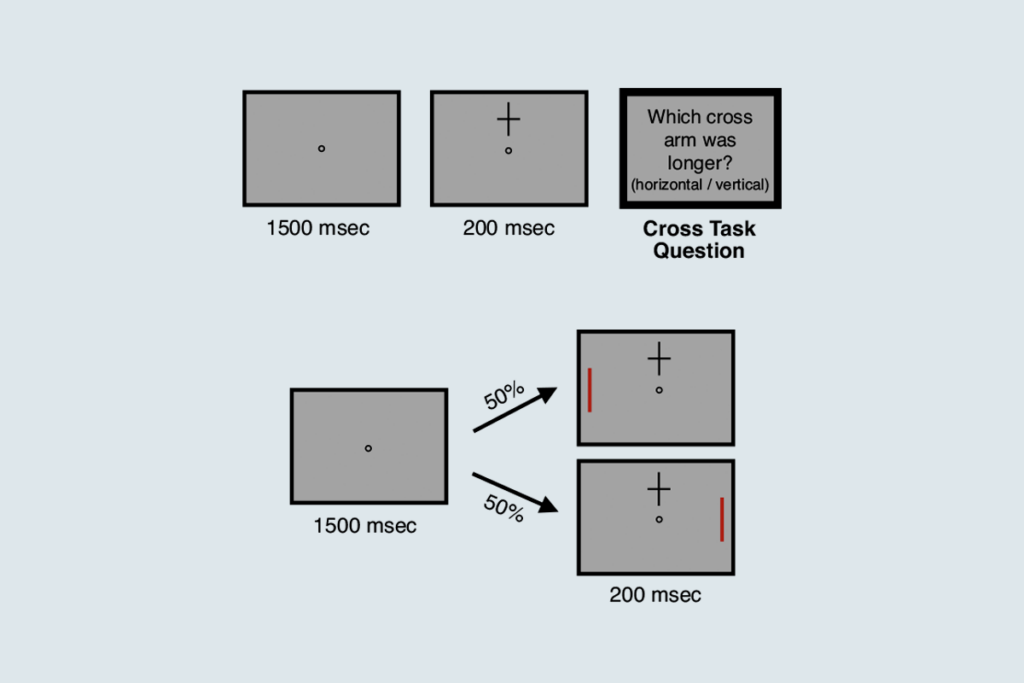Kenna Hughes-Castleberry is science communicator at JILA and editor-in-chief of their journal, Light & Matter. She is also a freelance science journalist. Her beats include quantum technology, artificial intelligence, diversity within the tech industries, animal intelligence, corvids and cephalopods. Her work has been featured in various publications, including Scientific American, New Scientist, Discover Magazine, Ars Technica, Nature Biotechnology, Astronomy Magazine, Leaps Magazine, Hakai Magazine, ChemistryWorld, Physics.org, Colorado Magazine, Inside Quantum Technology, The Debrief and more. She sits on the board of the Science Writers Association of the Rocky Mountains (SWARM) and teaches science writing to graduate students at JILA.

Kenna Hughes-Castleberry
Contributing writer
From this contributor
Number-associated neurons help crows link values to symbols
Comparable neurons also exist in primates, which shared a common ancestor with crows more than 300 million years ago, suggesting that the ability to “count” evolved independently in the two lineages.

Number-associated neurons help crows link values to symbols
Explore more from The Transmitter
Xiao-Jing Wang outlines the future of theoretical neuroscience
Wang discusses why he decided the time was right for a new theoretical neuroscience textbook and how bifurcation is a key missing concept in neuroscience explanations.
Xiao-Jing Wang outlines the future of theoretical neuroscience
Wang discusses why he decided the time was right for a new theoretical neuroscience textbook and how bifurcation is a key missing concept in neuroscience explanations.
Memory study sparks debate over statistical methods
Critics of a 2024 Nature paper suggest the authors failed to address the risk of false-positive findings. The authors argue more rigorous methods can result in missed leads.

Memory study sparks debate over statistical methods
Critics of a 2024 Nature paper suggest the authors failed to address the risk of false-positive findings. The authors argue more rigorous methods can result in missed leads.
Attention not necessary for visual awareness, large study suggests
People can perceive some visual information even if they do not pay direct attention to it.

Attention not necessary for visual awareness, large study suggests
People can perceive some visual information even if they do not pay direct attention to it.